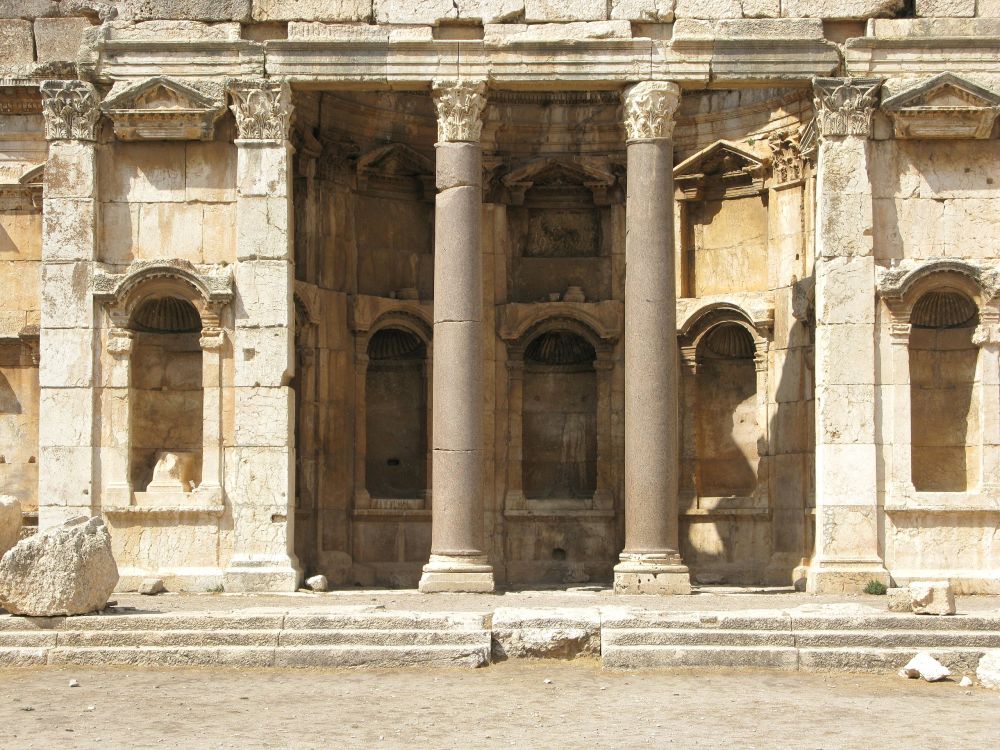

Lebanon, a country rich in history and culture, has been a destination for travelers since ancient times. Its unique position at the crossroads of the Mediterranean Basin and the Arabian hinterland has made it a melting pot of civilizations, which has contributed to a rich and diverse heritage, attracting tourists from around the globe.
Lebanon's golden age of modern tourism started in the mid-20th century when Beirut was referred to as the "Paris of the Middle East". Visitors were drawn to its cosmopolitan lifestyle, cultural landmarks, and natural beauty. However, the onset of the civil war in 1975 dealt a severe blow to the tourism sector, which had to be gradually rebuilt in the post-war years.
Today, the Lebanese Ministry of Tourism actively promotes the country's cultural assets, historical sites, and natural beauty, with the Baalbek Ruins being one of the highlights of Lebanon’s tourism portfolio. The country has been witnessing a surge in cultural tourism, with visitors seeking to experience Lebanon's ancient archaeological sites, vibrant culinary scene, and rich artistic traditions.
The Great Court is part of the magnificent Baalbek temple complex located in the Beqaa Valley of Lebanon. This site is one of the most impressive and well-preserved legacies of ancient Roman architecture outside of Italy. The Great Court itself is a testament to the grandeur of Roman religious sites and has been a focal point for tourists visiting the Baalbek Ruins.
The Baalbek complex, originally known as Heliopolis during the Hellenistic period, was built over several centuries, with the Great Court being added during the reign of the Emperor Septimius Severus (193-211 CE). The site is dedicated to the Roman trinity of Jupiter, Venus, and Bacchus, and the Great Court served as a large ceremonial space surrounded by porticoes and exedrae.
Protected as a UNESCO World Heritage site, the Baalbek Ruins draw thousands of visitors annually who marvel at its colossal structures like the Temple of Jupiter and the well-preserved Temple of Bacchus. The Great Court is integral to the narrated history of these formidable religious monuments and offers insights into Roman engineering prowess.
The latest trends in Lebanese tourism reflect a growing interest in sustainable and adventure tourism. Travelers are increasingly seeking out experiences that combine the exploration of natural landscapes with cultural immersion. Activities like wine tasting tours in the Beqaa Valley, hiking in the Lebanon Mountain Trail, and visiting eco-lodges have gained popularity among both international and domestic tourists.
The Lebanese government and private sector are working to promote these niche tourism experiences, which emphasize Lebanon's natural and historical assets while also attempting to distribute the economic benefits of tourism more evenly across different regions of the country. This diversification of tourism offerings is aimed at attracting a broader range of visitors and moving toward more environmentally and socially sustainable tourism practices.
Despite the challenges Lebanon has faced in recent years, including political unrest and economic uncertainty, the country's tourism industry remains resilient. Efforts to preserve and promote its rich cultural heritage, coupled with the adaptability shown by the tourism sector, suggest a promising future for tourism in Lebanon.